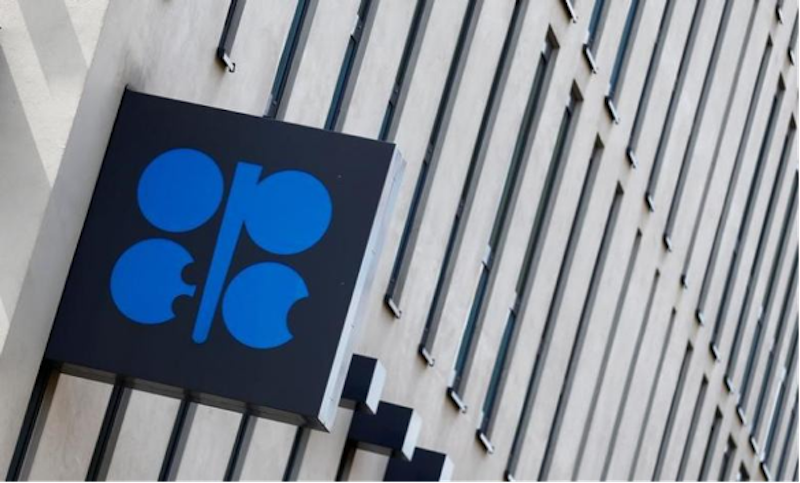Nigeria, Libya responsible for hike in OPEC June oil output to 32.47mbpd
July 11, 20172.1K views0 comments
Recovery in oil production in Nigeria and Libya led to a hike in total Organisation of Petroleum Exporting Countries (OPEC) output in the month of June, according to sources quoted by Reuters in a report Tuesday.
Output of the oil exporting group is believed to have risen by more than 300,000 barrels per day (bpd), the news agency reported using figures it said OPEC uses to uses to monitor its supply.
Plans to cut OPEC output by 1.2 million bpd were agreed to start January 1 to pep up a crude market that had been plagued by glut and consequently help prices to climb. Russia and 10 other non-OPEC producers agreed to cut by half the amount OPEC members agreed to cut.
Including Nigeria and Libya, which are exempt from the deal, output by all 13 OPEC members in June rose to about 32.47 million bpd, according to the average assessments of secondary sources OPEC uses to monitor its output, according to figures that Reuters said it had seen.
Read Also:
That would be up 330,000 bpd from OPEC’s published May figure.
A jump in output in Nigeria and Libya, where output had been limited by conflict, has weighed on oil prices. The recovery has prompted more talk among producers about asking them to join the supply cut deal.
Production from the 11 OPEC members with output targets under the agreement has averaged 29.840 million bpd in June, according to the secondary sources who also showed Reuters the figures.
That means compliance in June is 97 percent, according to an OPEC calculation. That is lower than in May, as OPEC’s published figures for that month point to compliance above 100 percent.
Read realated stories:
Oil near $44 as Saudi Arabia’s output increase raises doubts
OPEC caps for Libya, Nigeria crude output not enough to fix oil glut
OPEC is scheduled to publish the assessment of June output based on secondary sources in its monthly oil market report on Wednesday. The figures could be revised before publication as more secondary-source estimates are added, OPEC according to Reuters sources.
OPEC uses two sets of figures to monitor its output — figures provided by each country and those provided by secondary sources that include industry media. This is a legacy of old disputes over real production levels.
The production cut agreed last year was from levels as assessed by the secondary sources.
OPEC’s report on Wednesday is also expected to show that Saudi Arabia told OPEC that it raised production to 10.07 million bpd in June, industry sources said, up from 9.88 million bpd in May.
The increase takes Saudi production slightly above its OPEC production target of 10.058 million bpd for the first month this year, although on average in 2017, output remains below the target, an OPEC source said.
The six secondary sources used by OPEC are the International Energy Agency, oil-pricing agencies Platts and Argus, the U.S. Energy Information Administration (EIA), consultancy Cambridge Energy Research Associates (CERA) and industry newsletter Petroleum Intelligence Weekly (PIW).
